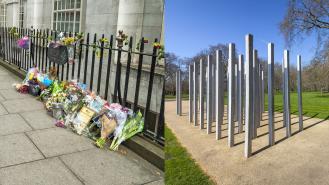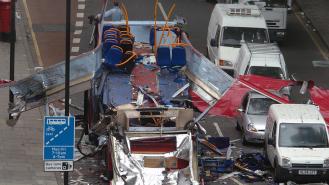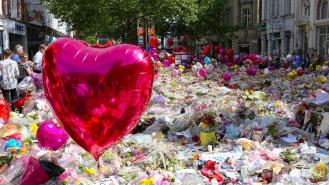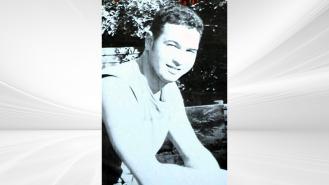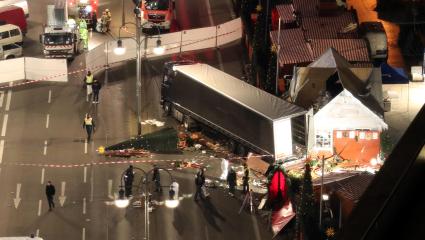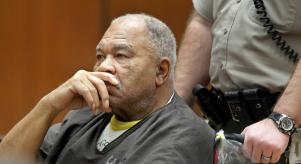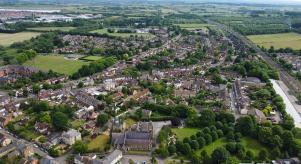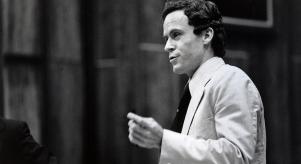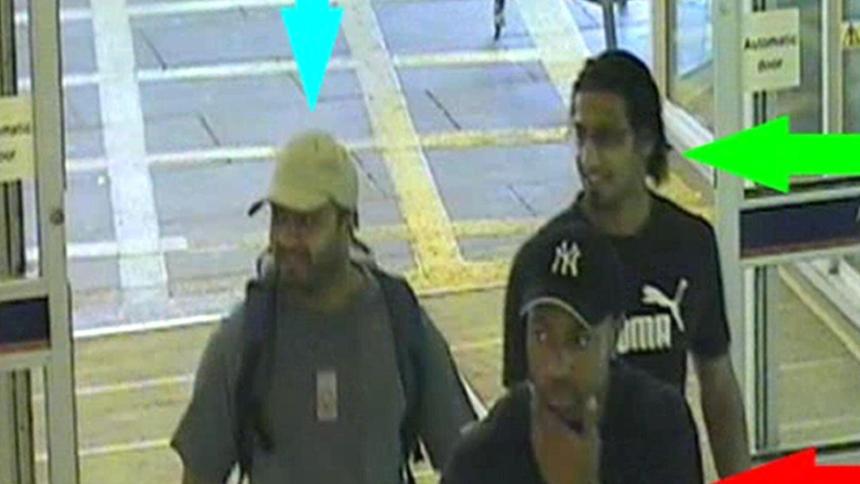
20 years on: The hunt for the 7/7 bombers
July 2025 marks the 20th anniversary of the 7/7 bombings in London - a terrorist attack that shocked the capital and the country to its core. For many Brits, the memories of that appalling day have never faded, and the 52 victims continue to be remembered every year.
The attack resulted in one of the biggest police investigations in British history.
In this Crime+Investigation article, we’ll take a look at how police responded after the 7th July attacks, identified the bombers, targeted accomplices and addressed the tense atmosphere following the attack. We’ll also cover the tragic shooting of Jean Charles de Menezes, an innocent man mistaken for a terrorist.
12:55pm, 7th July 2005 - Four bombings confirmed
After several hours of confusion, Home Secretary Charles Clarke confirms that four explosions took place, three on trains and another on a double-decker bus. 'We do not know who or what organisations are responsible for these terrible criminal acts,' he tells the House of Commons. Like previous attacks on the capital, the entire nation was shocked.
1:25pm, 7th July 2005 - Tony Blair flies to London
UK Prime Minister Tony Blair leaves the G8 Summit in Gleneagles and travels to London by helicopter. Simultaneously, President George W Bush (a speaker at the summit) condemns the attacks and maintains that the war on terror, which went on to claim the life of soldier Lee Rigby, must endure.
11:40pm, 7th July 2005 – Police find ID of two bombers
Late on the night of the bombings, police confirm they’re found IDs belonging to Mohammad Sidique Khan and Shehzad Tanweer, two of the bombers. Interestingly, earlier in the night the family of British citizen Hasib Hussain (who detonated the bomb on the No. 30 bus in Tavistock Square) reported their son missing to the emergency casualty bureau. This suggests they had no idea their son had been radicalised and was about to carry out one of the worst acts of terrorism in British history.
8th July 2005 – Police continue to review CCTV footage
By the next day, police were well into the process of reviewing around 6,000 hours worth of CCTV footage. The goal? To track the movements of the bombers (and any accomplices) and build a timeline of the previous day’s events.
12th July 2005 – Police discover bomb-making flat
Five days after the attack, police raided the Leeds flat where the explosives were made. Bomb-making materials were scattered across the untidy flat and it became clear that like the Manchester Arena bomber, the men had no intention of returning.
21st July 2005 – Second wave of bombings attempted
Two weeks after the 7/7 attacks, fear engulfed London again. Four Islamist extremists attempted to detonate bombs on London's public transport system though thankfully, all failed. Police received immediate orders to arrest (or neutralise) suspects.
22nd July 2005 - Stockwell tragedy
CCTV footage led police to Jean Charles de Menezes, a Brazilian electrician mistaken for one of the suspects. He was shot and killed by police at Stockwell Station, much to the horror of the British public. The incident sent ripples across Britain and sparked inquiries into whether the shoot-to-kill policy was deeply flawed. Police were also accused of gross negligence and incompetence.
2006–2007 – Inquests and legal fallout
The Independent Police Complaints Commission (IPCC) launched two investigations (known as Stockwell 1 and Stockwell 2) into the incident. The goal? To review gaps in communication, surveillance and rules of engagement. They concluded that officers had acted in good faith, but criticised rigid strategies that left no room for mistakes. Ultimately no murder charges were brought, but the Police Commissioner’s office was fined for health and safety breaches. Several years later, de Menezes’ family received a payout of £100,000.
December 2014 – Attempted bombers denied appeal
Nine years after they were jailed, the four men behind the failed plot to bomb the London transport network on 21st July 2005 lost an appeal at the European Court of Human Rights. The men claimed statements they made to police without lawyers present (which were later used as evidence) breached their human rights. The court disagreed and ruled their right to a fair trial hadn’t been compromised.
Remembering 7/7 and the aftermath
The hunt for the 7/7 bombers played out in real-time across London’s transport arteries and tested the city’s strength, the police’s readiness and the public’s trust in institutions, especially after it claimed the life of an innocent man, Jean Charles de Menezes. There are undoubtedly lessons to be learned but ultimately, the resilience of the city (and the country as a whole) serves as a reminder that fear should never be allowed to take over.
Want more insights into real-world investigations? Sign up for the Crime+Investigation newsletter, the best way to stay connected to stories like this.
